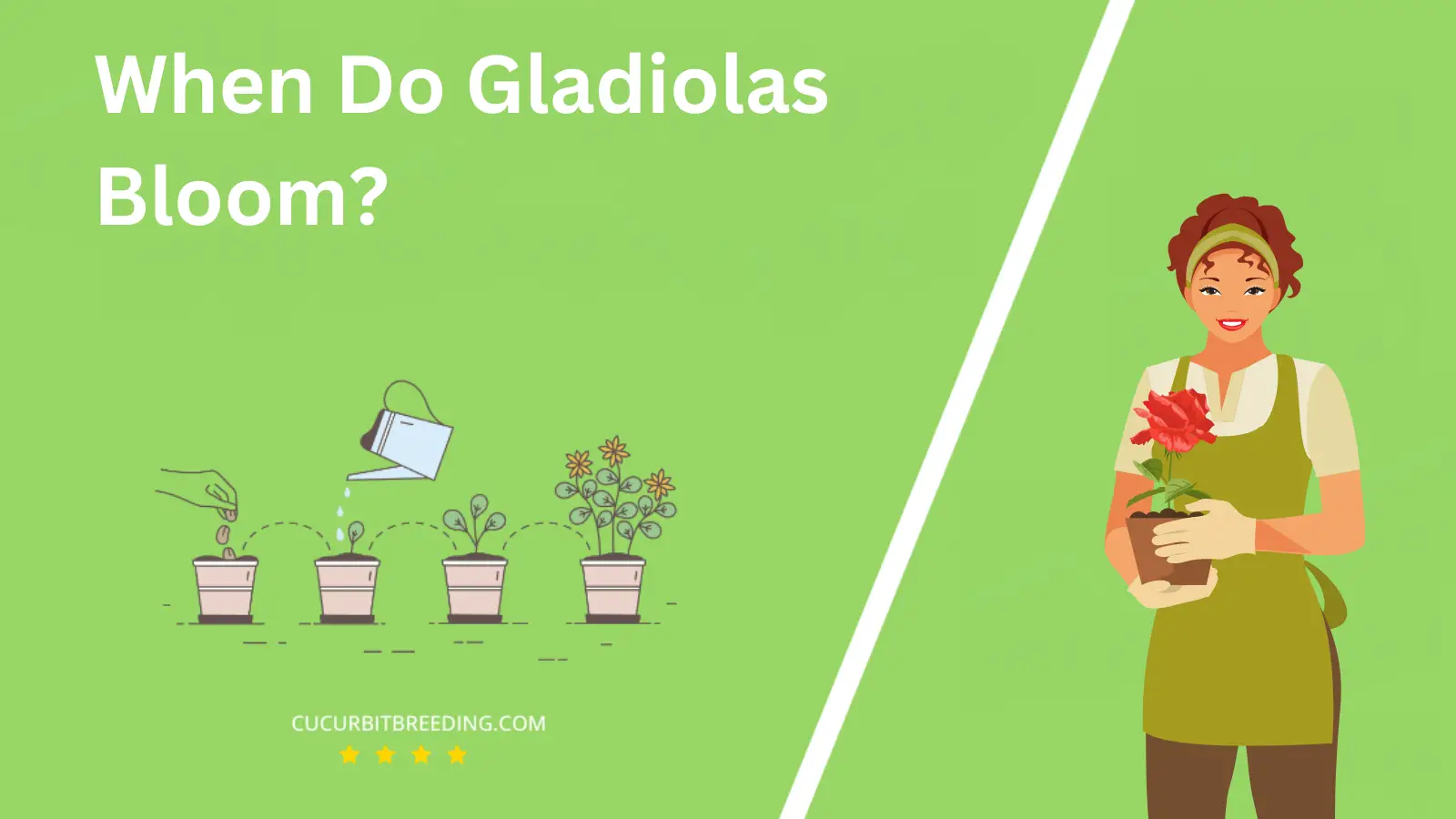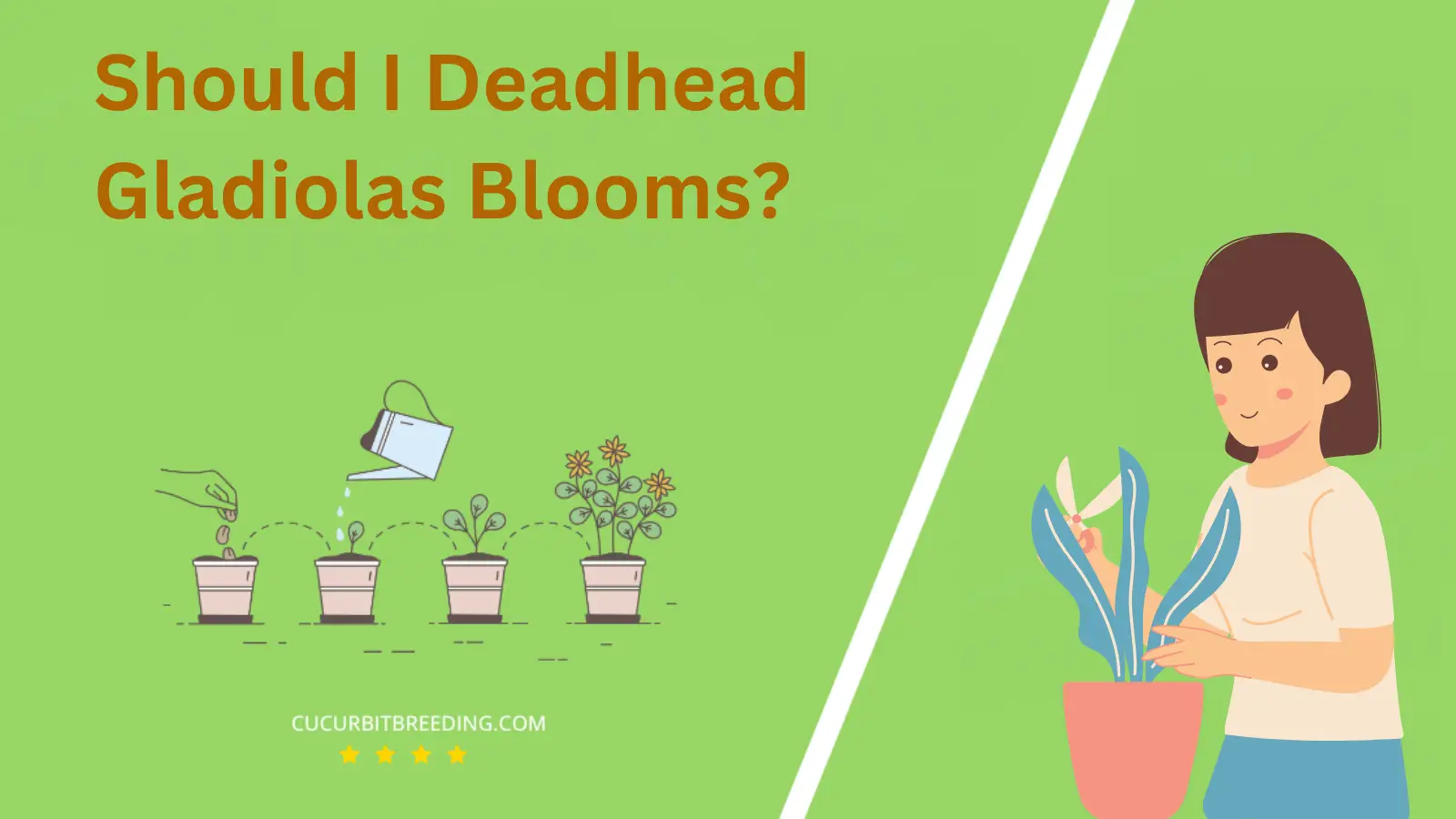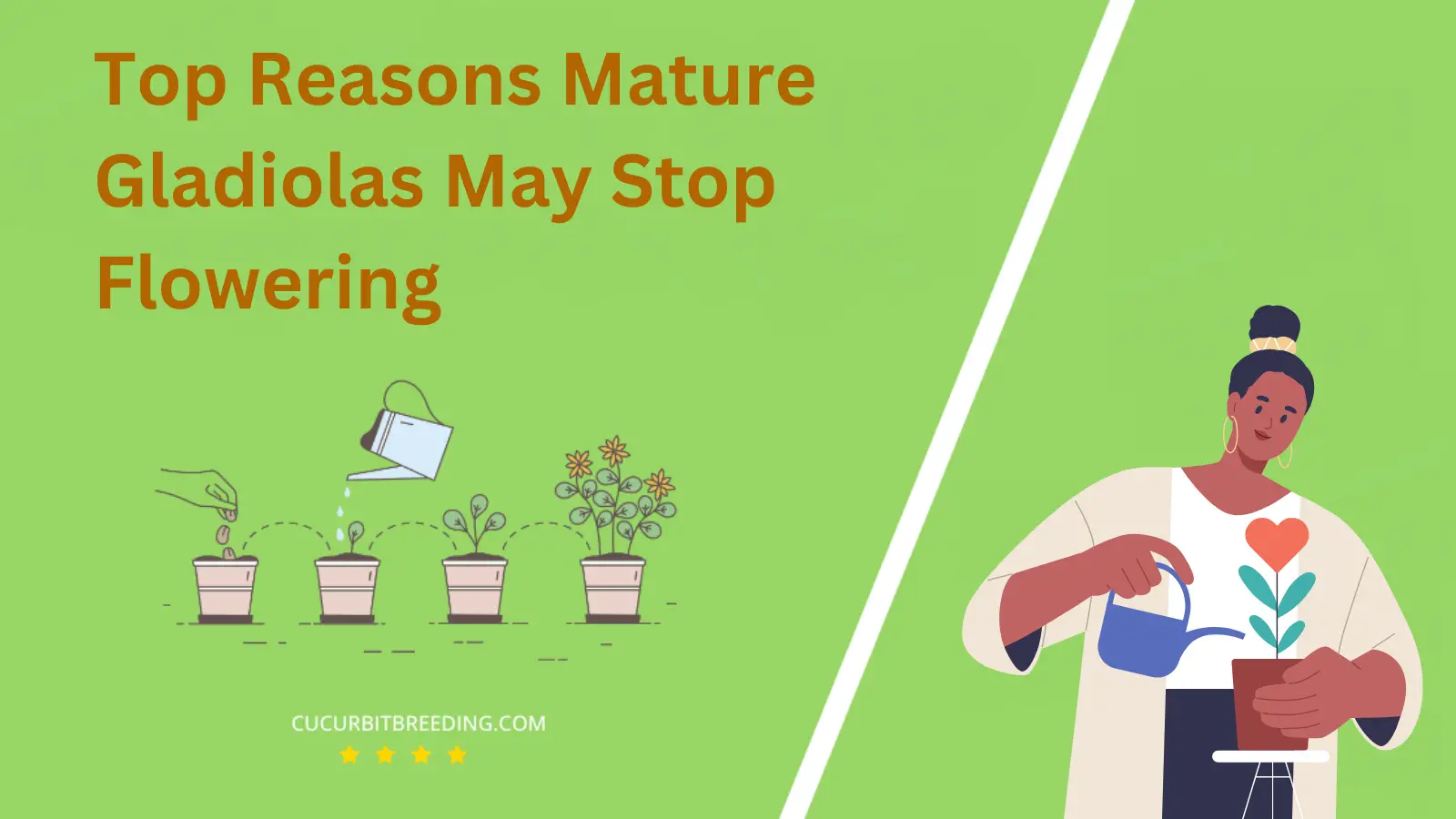
Ever wondered, when do gladiolas bloom? These vibrant, sword-like flowers captivate with their beauty and variety, but understanding their blooming period can be a horticultural mystery.
Whether you’re a seasoned gardener or a budding enthusiast, join us as we delve into the secrets of gladiolas and their intriguing life cycle.
When Do Gladiolas Bloom?
Gladiolas typically bloom between 60 and 90 days after planting. The exact time can vary depending on the climate and the specific variety of the flower. In most regions, if they are planted in the spring, they will bloom in the summer.
| Stage | Description |
|---|---|
| Germination | Spring (March-May) |
| Growth | Spring and summer (March to August) |
| Blooming | Summer (June-August) |
| Dormancy | Gladiolas dormancy period: (December to February) |
How Long Do Gladiolas Bloom?
Gladiolas typically bloom for 7 to 10 days once they are fully grown, generally taking approximately 60 to 90 days from planting to reach the blooming stage. However, the bloom time can vary depending on the local growing conditions and the specific type of gladiola. By planting in bi-weekly intervals, consecutive gladiola blooms can be achieved throughout the growing season.
How Light Affects Gladiolas Blooms?
Light affects Gladiolas blooms in significant ways. Firstly, Gladiolas need full sun exposure, which translates to at least six hours of direct sunlight each day. The sunlight contributes to the overall health, vigor, and flowering capability of these plants, enabling them to produce bigger, more vibrant blooms.
Too much shade or insufficient light can cause the stems to grow long and weak, with smaller, less vibrant flowers. In extreme cases, the Gladiolas may not bloom at all. Therefore, to maximize blooming, it is critical to plant Gladiolas in a location that receives plenty of sunlight throughout the day.
Will Gladiolas Bloom the First Year You Plant Them?
Yes, gladiolas will bloom in the first year you plant them. These flowers are known for their rapid growth and will typically bloom around 70 to 90 days after planting. It’s important to plant them in the late spring after the threat of frost is past, and in a location with full sun and well-drained soil to encourage optimal growth and flowering.
Will Gladiolas Bloom Every Year?
Yes, gladiolas will bloom every year, provided they are cared for properly. These perennial plants, also known as “glads”, will return each year to provide beautiful blooms if they are given the right conditions. This includes being planted in full sun, in well-draining soil, and being protected from harsh winter conditions. If these requirements are met, you can expect your gladiolas to bloom annually.

Should I Deadhead Gladiolas Blooms?
Yes, you should deadhead gladiolas blooms. Deadheading, or removing spent flowers, helps to direct the plant’s energy into strengthening the bulb rather than seed production. This can result in a healthier plant and potentially more robust blooms in the following season. Deadheading also improves the overall appearance of the plant, keeping it looking fresh and vibrant.
Top Reasons Mature Gladiolas May Stop Flowering

The top reasons mature gladiolas may stop flowering include insufficient sunlight, as these plants require full sun for most of the day. Another reason is poor soil conditions, especially if the soil is not well-drained, too acidic or alkaline, or lacking in essential nutrients.
Also, improper planting depth may cause gladiolas to stop flowering. The bulbs, known as corms, should be planted 2-6 inches deep depending on their size. Additionally, disease and pest infestations, such as gladiola rust or thrips, can also hinder blooming.
Lastly, overcrowding may also be a factor. Gladiolas need enough space to grow and bloom, so if they are planted too close together, they may not flower as expected.